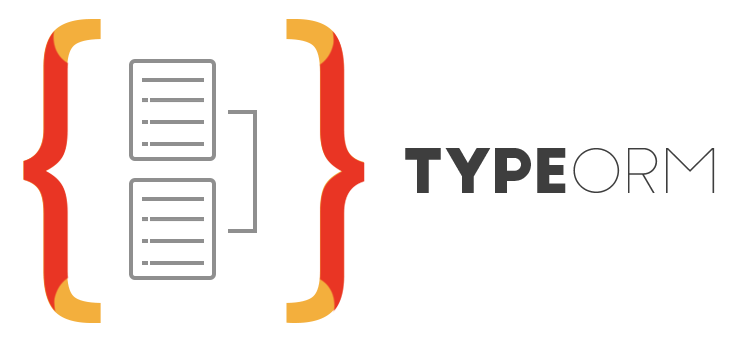Também nas versões anteriores era possível configurar o seu servidor FHIR para aceitar requisições via OAuth 2.0 (por exemplo, para um cliente SMART on FHIR), mas atualmente, com a versãov2024.3, lançada a algum tempo— existe um novo recurso que torna isso mais fácil: o OAuth FHIR Client QuickStart.
.png)
.png)
Esse “QuickStart” é um assistente em formato de wizard que permite conectar seu servidor FHIR a um servidor OAuth e habilitar autenticação e autorização OAuth para requisições FHIR em 5 passos simples (na prática, apenas 3…).
- Passo 1 - Criar ou novo ou escolher o Servidor FHIR
.png)
Você pode já ter um servidor FHIR (endpoint) definido, ou ainda não ter definido um e querer configurá-lo agora, como parte deste QuickStart.
- Passo 2 - Selecione o Servidor FHIR
Se você optar por “Usar um existente”, serão exibidos os endpoints disponíveis, por namespace. Por exemplo:
.png)
Se você optar por “Criar novo”, será exibido um pequeno formulário para criar um novo endpoint.
Isso é semelhante ao que você veria caso criasse o endpoint manualmente anteriormente:
.png)
- Passo 3 - Selecione o tipo de servidor OAuth
.png)
Você pode optar por usar um servidor OAuth externo (por exemplo, Auth0 da Okta) ou utilizar o servidor OAuth integrado ao InterSystems IRIS.
Se quiser usar o IRIS como seu servidor OAuth, será necessário configurá-lo como um servidor OAuth com suporte a FHIR. Para isso, também existe um “atalho”: um método que você pode chamar e que realiza essa configuração automaticamente.
Observação: Comunicação Segura (Secure Communication) precisa estar configurada para que isso funcione.
- Passo 4 - Configure o servidor OAuth
Se você optar por usar um servidor OAuth externo, será solicitado o endpoint do emissor (Issuer Endpoint):
.png)
Se você já tiver definido um, pode escolhê-lo no menu suspenso; caso contrário, pode digitá-lo (ou colá-lo).
De qualquer forma, é possível testar esse endpoint do servidor OAuth, por exemplo:
.png)
- Passo 5 (ou 4 se você escolheu o servidor OAuth interno do IRIS) – Confirmar
Você verá uma pequena confirmação com informações e um botão “Confirmar”.
Por exemplo (ao optar por criar um novo servidor FHIR e usar o servidor OAuth interno do IRIS):
.png)
Ou, por exemplo (ao escolher um endpoint FHIR existente e um servidor OAuth externo):
.png)
Se tudo correr bem, você verá uma mensagem indicando que a criação foi bem-sucedida.
Caso contrário, receberá uma mensagem apropriada.
Nos bastidores, você poderá observar algumas coisas -
- Você verá o cliente definido na lista de clientes OAuth (com seus detalhes):
.png)
- Você verá o cliente definido no seu endpoint FHIR:
.png)
- Na seção geral de Segurança do Management Portal, em OAuth 2.0, você também poderá encontrar uma Definição de Cliente com a Configuração do Cliente.
Assumindo que tudo o que foi descrito acima esteja funcionando, você já pode começar a usar OAuth (e, especificamente, SMART on FHIR) para se comunicar com seu servidor FHIR.
Mais detalhes sobre isso... em um artigo futuro...


(1).jpg)
